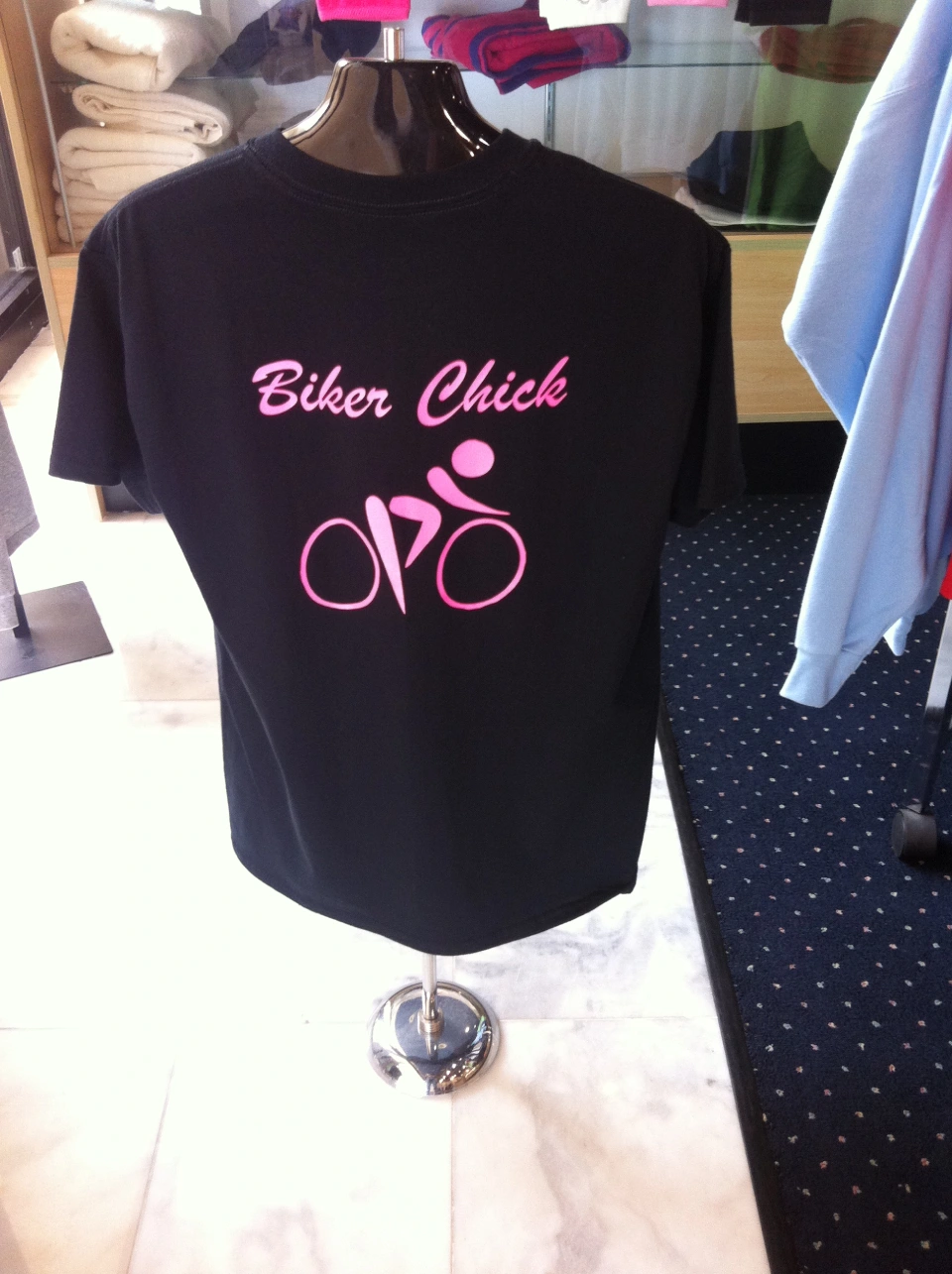Personalized Scrubs with Embroidery for an Expert Look
Personalized Scrubs with Embroidery for an Expert Look
Blog Article
The Art of Custom-made Needlework: Opening the Keys to Creating Distinct and Remarkable Designs
The keys to creating custom needlework layouts that mesmerize the eye and leave a long lasting impact lie in a delicate balance of strategy, creative thinking, and interest to detail. As we dive right into the world of custom needlework, we uncover the nuanced interaction between thread option, stitch intricacy, and layout customization that elevates a plain garment to a job of art.
Choosing the Right Embroidery Threads
When selecting embroidery threads, what essential variables should you consider to make sure the best outcomes for your custom styles? The selection of embroidery thread is vital in identifying the final outcome of your stitched layout. Among the primary considerations is the material of the thread. Different products such as cotton, polyester, rayon, and silk supply varying degrees of sheen, toughness, and appearance. It is vital to pick a string product that complements the fabric you are embroidering on and lines up with the desired appearance of the layout.
Thicker strings can include dimension and appearance to your style, while finer threads are optimal for intricate information and little text. In addition, considering the color fastness and washability of the string is vital to guarantee that your custom styles preserve their quality and vibrancy over time.
Discovering Different Stitch Strategies
To explore the world of 'Exploring Various Stitch Techniques', one have to understand the intricacies and nuances that each sewing technique offers the art of needlework. Various stitch techniques not just include visual passion however also add to the overall structure and measurement of the style. One prominent stitch strategy is the satin stitch, which involves carefully stuffed parallel stitches to create a smooth and shiny surface area, perfect for filling up in forms and creating bold details.
On the various other hand, the backstitch is a functional technique commonly made use of for describing and including fine details. It includes sewing backward to create a solid line of needlework. Additionally, the French knot stitch adds a responsive component to layouts, perfect for producing textured accents like flower centers or ornamental touches.
Checking out various stitch techniques enables embroiderers to play with light, shadow, and depth within their styles, elevating the aesthetic allure and artistic high quality of their needlework jobs. By understanding different sewing approaches, one can unlock endless opportunities for producing special and remarkable custom needlework pieces.
Incorporating Personalized Layout Components
Having actually checked out the complexities of different stitch strategies such as the satin stitch, backstitch, and French knot, the emphasis now shifts towards incorporating individualized layout elements in customized embroidery tasks. Customized layout aspects play an important role in making needlework projects absolutely distinct and unforgettable.
Another method to incorporate tailored style components is by including icons or concepts that hold unique meaning to the recipient or mirror their rate of interests and personality. For instance, incorporating a favored flower, pet, or hobby-related symbol can make the embroidery design a lot more meaningful and individualized. Furthermore, picking shades that resonate with the recipient or Discover More line up with the designated style can better enhance the customization of the needlework task.
Understanding the Art of Color Sychronisation
One key element of shade coordination is recognizing color theory. This includes knowing how different colors connect with each other, the emotions they convey, and just how they can be combined to create visually appealing layouts. By applying color theory principles, embroiderers can create unified color palettes that enhance the overall look of the design.
Additionally, taking notice of Our site contrast is essential in color control. Using contrasting colors can aid specific elements of the layout pop, improve legibility, and produce an aesthetically vibrant needlework item. By grasping the art of shade coordination, embroiderers can boost their styles and produce memorable pieces that reverberate with customers and audiences alike.
Enhancing Structure With Advanced Needlework Stitches

French knots, for instance, are ideal for adding tiny, increased dots to your layout, mimicking the look of beads or producing a distinctive surface area. Bullion knots, on the other hand, can be utilized to develop twisted, ropelike components that include a glamorous feeling to the needlework. Seed stitching includes small, scattered stitches that can fill out locations with a polychromatic appearance, while turkey job produces cosy, dimensional accents evocative pet hair or vegetation. Try out these innovative needlework stitches permits you to press the borders of typical needlework and develop absolutely one-of-a-kind and aesthetically appealing textures in your designs.
Conclusion
To conclude, the art of personalized needlework involves a mix of picking the appropriate threads, discovering different stitch techniques, including tailored style elements, grasping color control, and improving texture with sophisticated stitches. By understanding and implementing these key elements, embroiderers can produce distinct and remarkable styles that display their creative thinking and skill. Needlework fanatics can unlock the keys to creating attractive and custom items that stick out and leave a long lasting impression.
Report this page